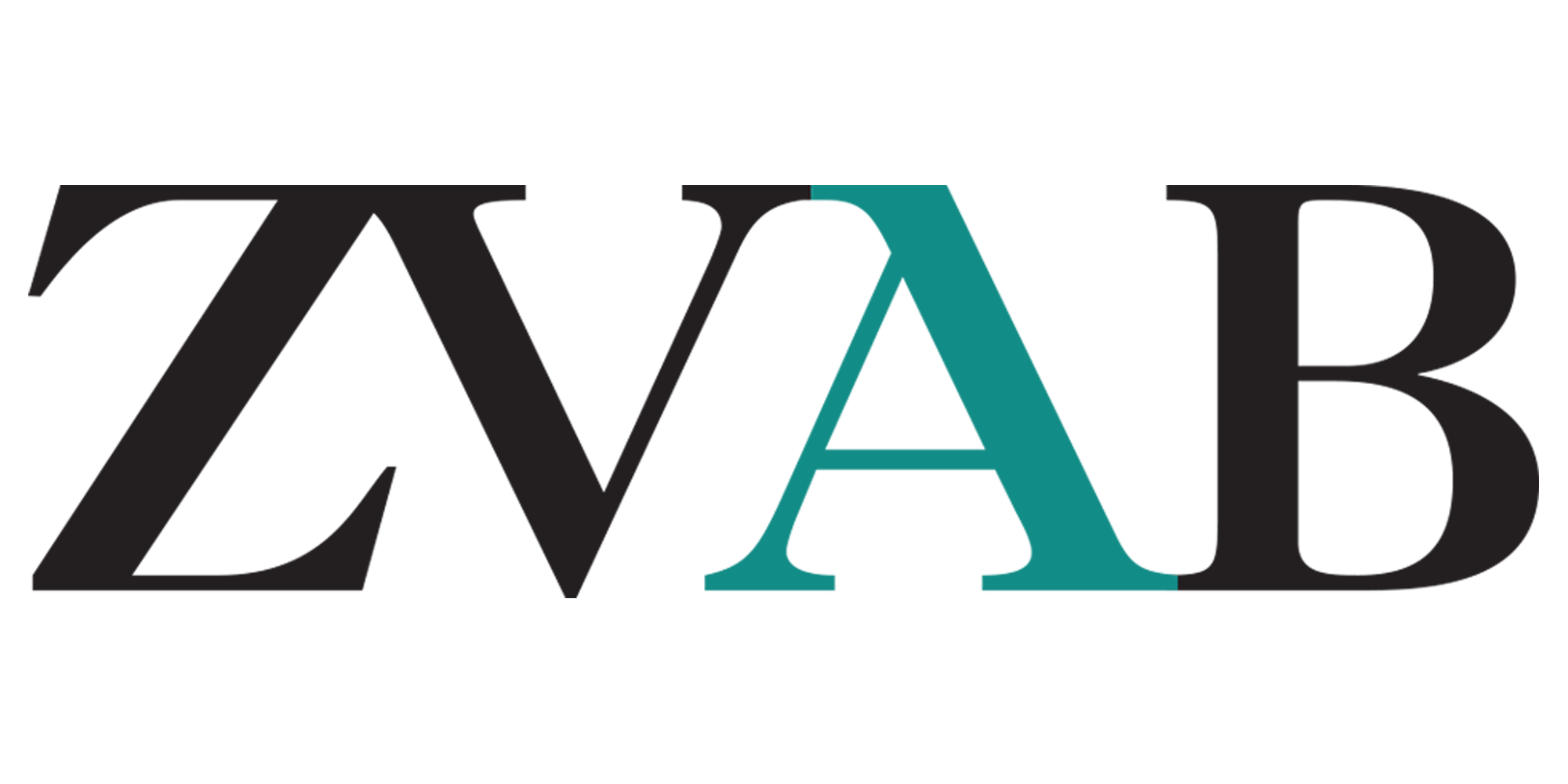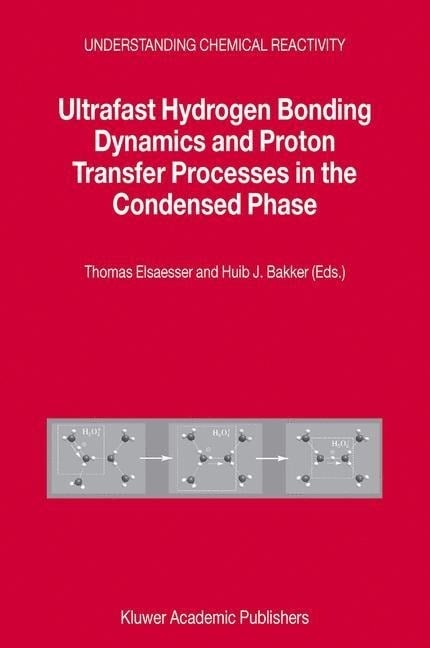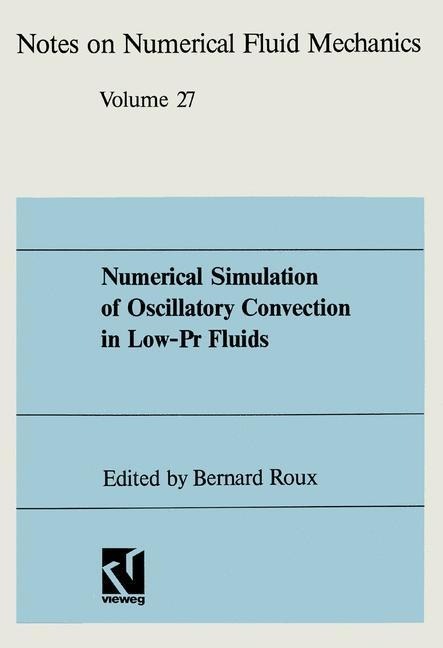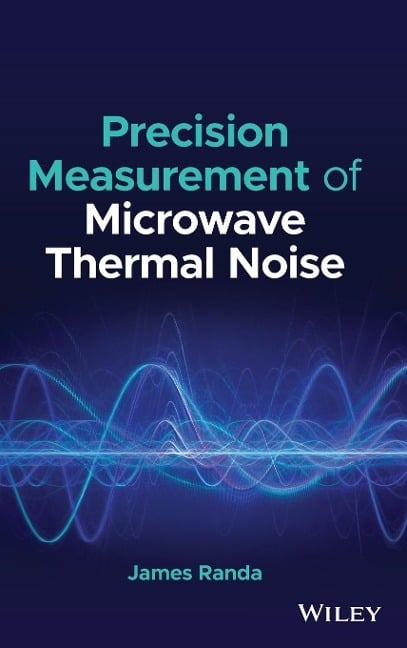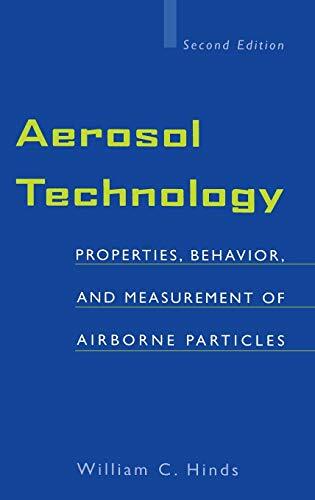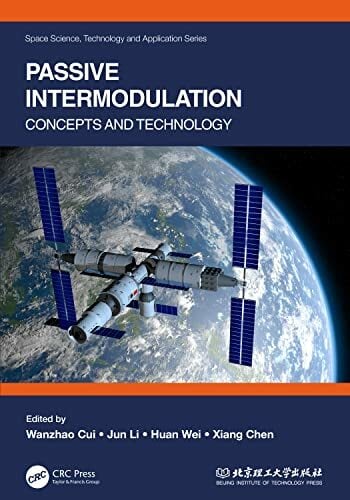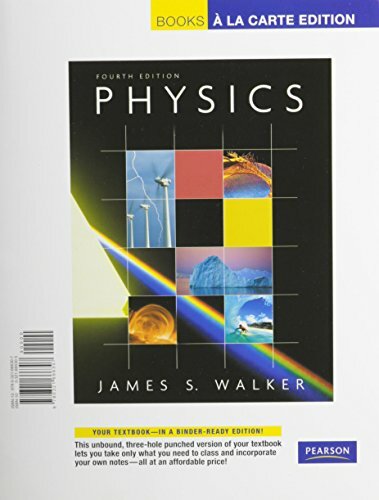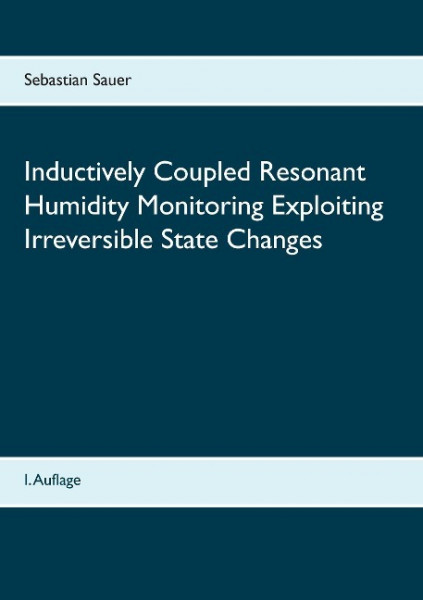
Inductively Coupled Resonant Humidity Monitoring Exploiting Irreversible State Changes
Kurzinformation
inkl. MwSt. Versandinformationen
Artikel zZt. nicht lieferbar
Artikel zZt. nicht lieferbar

Beschreibung
Due to the pervasive nature of water, water vapor, and moisture, there is a strong influence on the product quality of a multitude of goods (e.g., food, chemicals, electronics, ammunition, etc.). Humidity as environmental water vapor is therefore of strong interest for the purposes of measurement and control throughout the life cycle of goods not only in regard to their use but also during manufacture, transport, and storage. One of the key requirements of monitoring measurement systems is to determine critical threshold or accumulated dosage exposure conditions. Nowadays, RFID technology is established, and a large number of standardized and non-standardized solutions of differing complexity exist. Sensor-enhanced RFID tags not only provide unique identification information but also additional sensor information. Fulfilling a monitoring task on item level is challenging when there is no continuous supply of electric energy available, a common application constraint in sensor-enhanced RFID applications. Application constraints are impeded due to the low cost requirements on the RFID market. Wireless passive humidity monitoring sensor solutions, in which the exceedance of a humidity threshold leads to a permanent, preferably irreversible change of a sensor parameter are proposed in this study. In the presented solutions, this is either a lasting electric resistance (IREV-R sensor approach) or an electric capacitance change (IREV-C sensor approach). For this purpose a number of physico-chemical phenomena are technically exploited in different sensor arrangements. These are the deliquescence of salts as threshold detection mechanism, transport processes in porous media as well as chemical liquid phase sintering of metal nanoparticles. The sensor principles introduced effectively act as humidity threshold-activated relative humidity dosimeters. For use in combination with RFID tags single use, low-cost sensor solutions are favored. Inkjet print as a representative mass production technique for printed electronics is examined in more depth, and its application exemplified for the IREV-R sensor principle. Theoretical, numerical and laboratory experimental results, which demonstrate the feasibility of the proposed sensor principles and developed solutions, are presented. von Sauer, Sebastian
Produktdetails
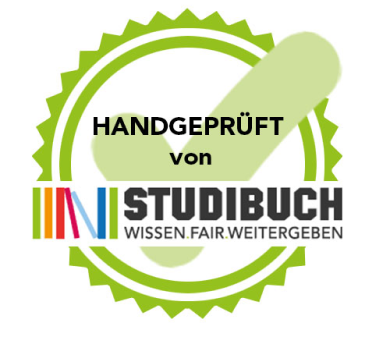
So garantieren wir Dir zu jeder Zeit Premiumqualität.
Über den Autor
Sebastian Sauer received his Dr.-Ing. and Dipl.-Ing. degree in Mechatronics in 2009 from the Technische Universität Dresden (TUD). He is working as a scientific assistant at the Institute of Semiconductors and Microsystems of the TUD, and holds a position in industry at company PRODAT. His general interest covers sensors, passive wireless sensors, sensor systems, wireless sensor networks, and the technical exploitation of irreversible state changes.

- Kartoniert
- 303 Seiten
- Erschienen 2013
- Wiley-VCH

- hardcover
- 556 Seiten
- Erschienen 1997
- CRC Press
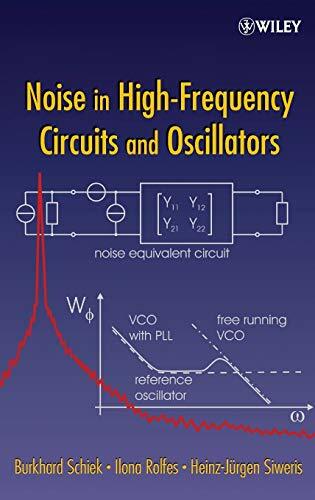
- hardcover
- 424 Seiten
- Erschienen 2006
- Wiley-Interscience

- hardcover
- 240 Seiten
- Erschienen 1990
- Springer

- hardcover
- 427 Seiten
- Erschienen 2007
- Springer

- Gebunden
- 378 Seiten
- Erschienen 2009
- Wiley-VCH

- Gebunden
- 227 Seiten
- Erschienen 2010
- Wiley-VCH

- hardcover
- 320 Seiten
- Erschienen 2014
- World Scientific

- paperback
- 376 Seiten
- Erschienen 2002
- WV




